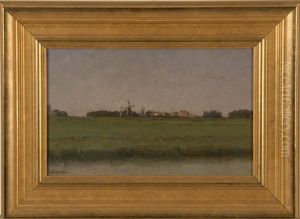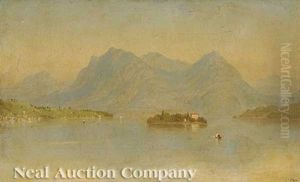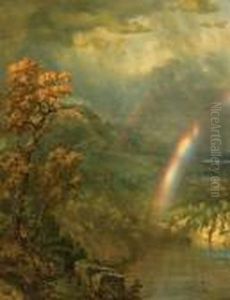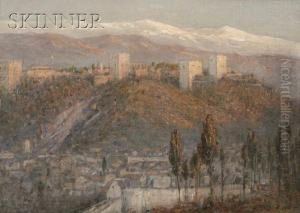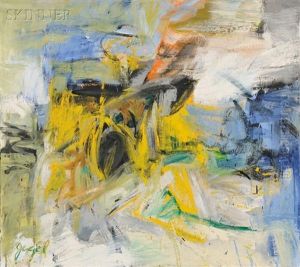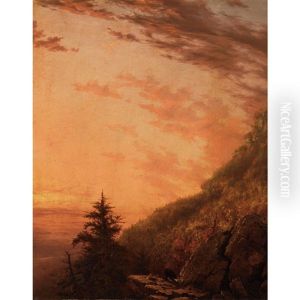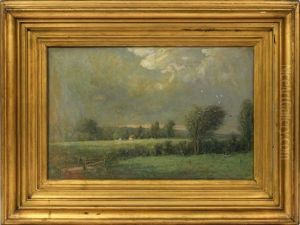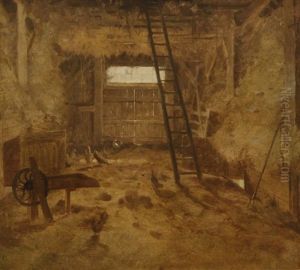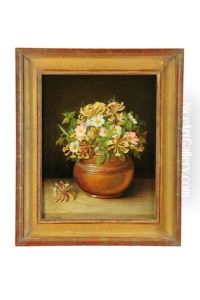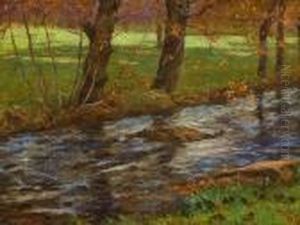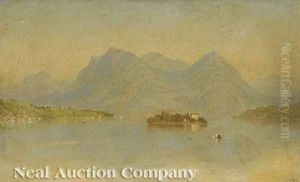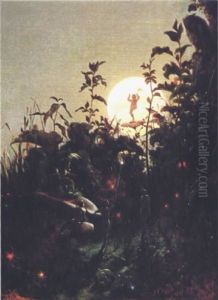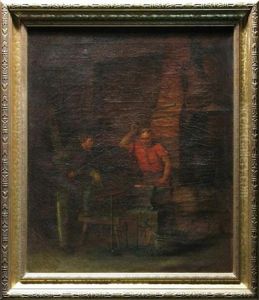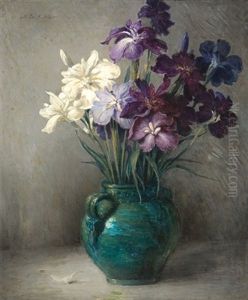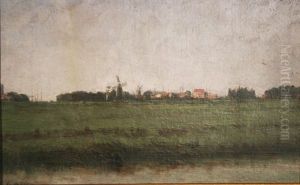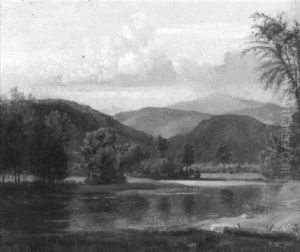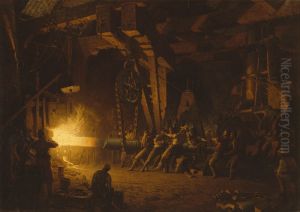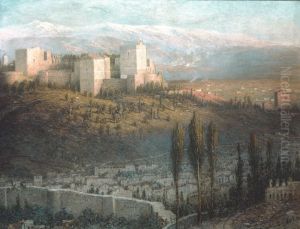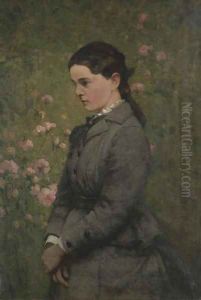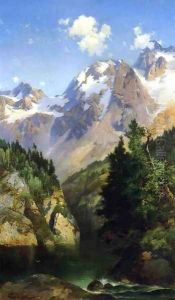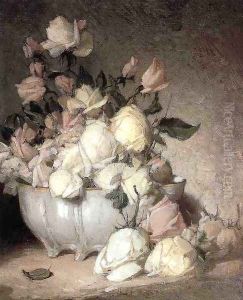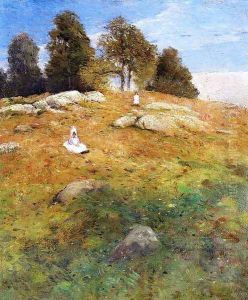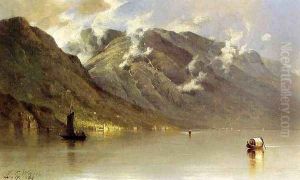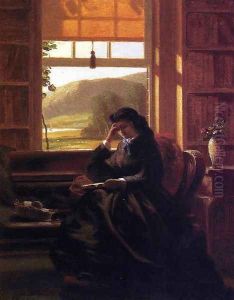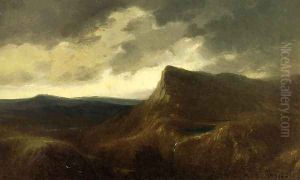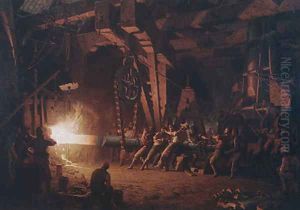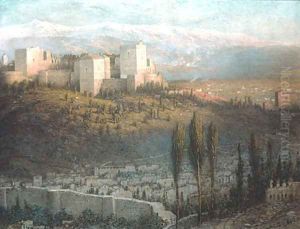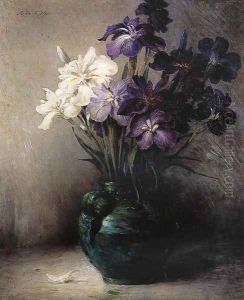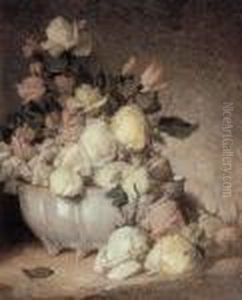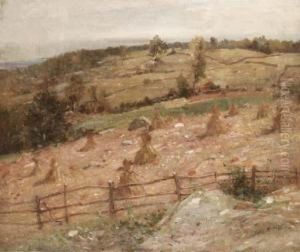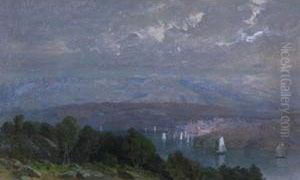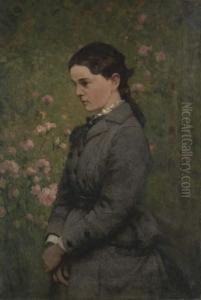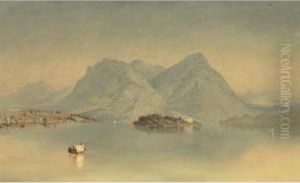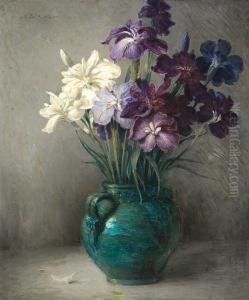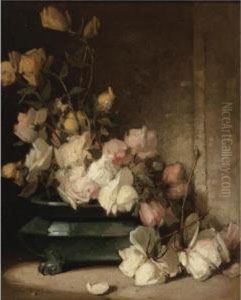John Ferguson Weir Paintings
John Ferguson Weir was an American artist, educator, and innovator in the development of American art during the late 19th and early 20th centuries. Born on August 28, 1841, in West Point, New York, he was the son of Robert Walter Weir, a well-known artist and instructor at the United States Military Academy at West Point. John F. Weir grew up in an artistic environment, which influenced his early interest in the arts.
Weir pursued his artistic education under the guidance of his father and later at the National Academy of Design in New York City, where he honed his skills in painting and sculpture. He was known for his versatility across different mediums, including oil painting, watercolor, and etching. His works often depicted American landscapes, historical scenes, and portraits. Weir developed a style that blended realism with the influence of the burgeoning impressionist movement.
In 1869, at the age of 28, John F. Weir became the director of the newly established Yale School of the Fine Arts, the first art school connected with an institution of higher learning in the United States. He served as the school's director for 44 years until his retirement in 1913. Under his leadership, the school promoted a comprehensive approach to art education, including practical instruction in various techniques and the study of art history. Weir's vision was instrumental in shaping the direction of American art education.
Throughout his career, Weir received numerous awards and honors. His work was exhibited widely, including at the National Academy of Design, the Paris Salon, and the World's Columbian Exposition in Chicago in 1893. He was also an active member of the art community and held memberships in prestigious organizations such as the National Academy of Design and the American Watercolor Society.
John Ferguson Weir left a lasting legacy through his contributions to art and education. His efforts to integrate artistic practice with scholarly study profoundly influenced the development of art schools across the United States. He passed away on August 8, 1926, leaving behind a body of work that is still admired for its technical skill and artistic merit. His paintings and sculptures can be found in various museums and collections, preserving his impact on American art history.
